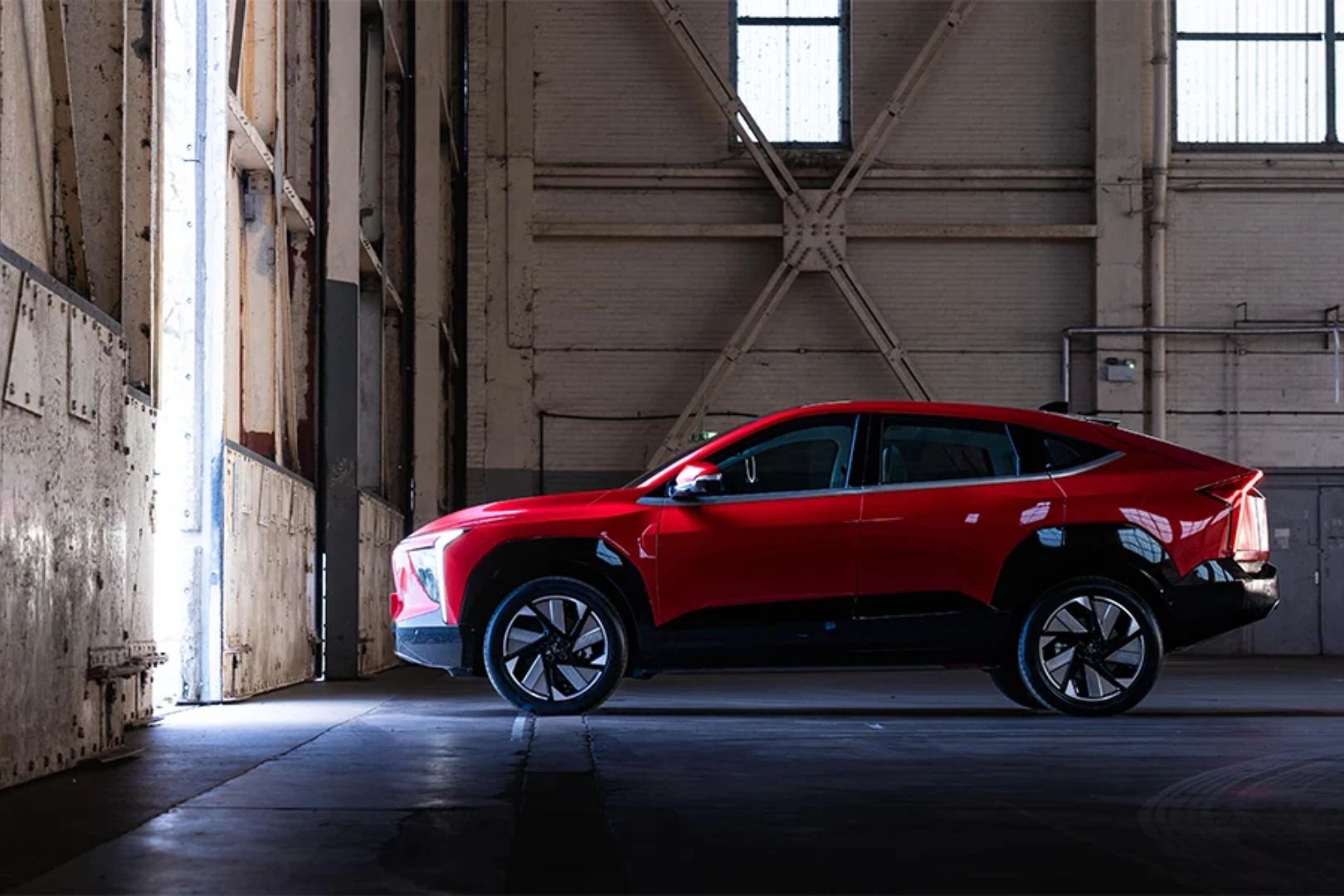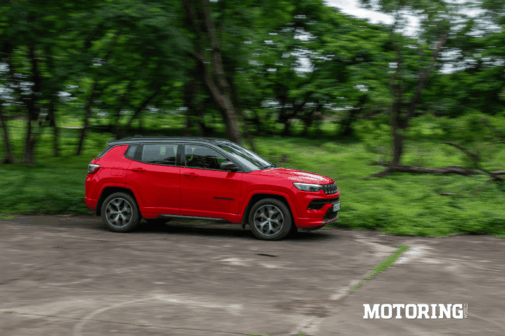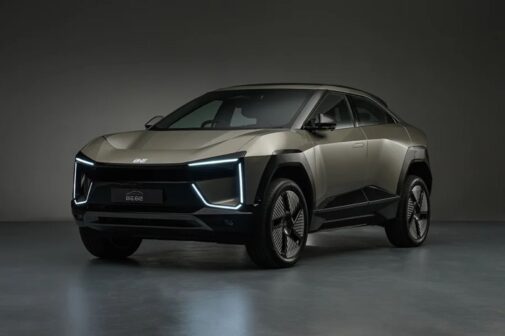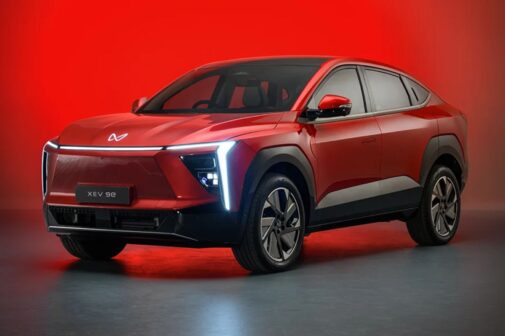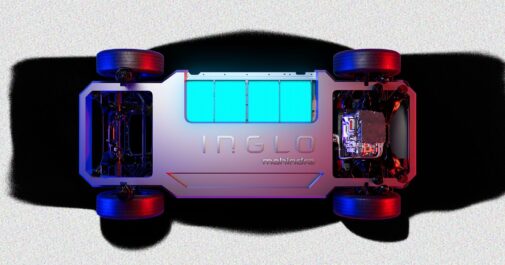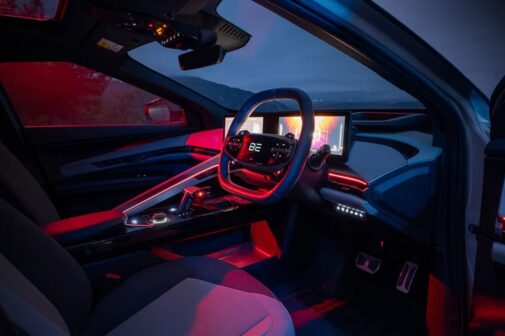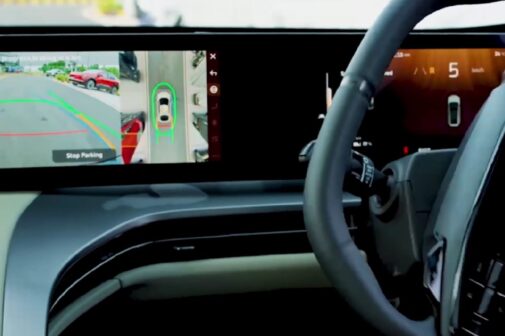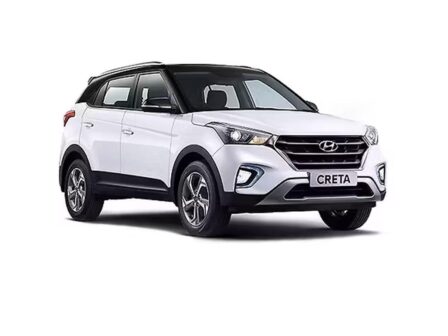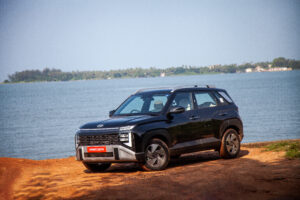Months of suspense, spy shots, and speculative whispers have finally culminated in this—a grand unveiling of Mahindra’s bold electric future. Enter the BE 6e and XEV 9e, two SUVs designed not just to challenge the rules of the EV game but to rewrite them entirely.
Starting at Rs. 18.90 lakh for the BE 6e and Rs. 21.90 lakh for the larger XEV 9e (both ex-showroom), these electric SUVs aim to blend style, performance, and technology into a scream “the future is now.” But do they deliver?
The BE 6e: A Compact Firecracker
If the BE 6e could speak, it would probably shout, “Look at me!” This compact coupé-SUV is all sharp lines and bold edges, with styling that’s closer to its radical concept than anyone dared to expect. The illuminated Mahindra logo, C-shaped LED DRLs, and an air duct slicing through the bonnet all point to one thing: this isn’t your everyday EV. It’s an attention-seeker, and rightly so.
At 4371 mm long and riding on aero-optimised 19-inch wheels (with optional 20-inch alloys for those who like it loud), the BE 6e isn’t just about appearances. It offers practicality too, with 455 litres of boot space and an additional 45 litres in the frunk. Ground clearance is a healthy 207 mm, and with a turning circle of less than 10 metres, it’s designed to dart through urban chaos with ease.
The XEV 9e: Size, Style, and Sophistication
While the BE 6e is about sharpness, the XEV 9e is all about presence. This larger coupé-SUV stretches to 4790 mm, overshadowing even the XUV700, and its elegant proportions make it hard to miss. Flush door handles, a bold LED light bar running across the front, and connected LED taillights give it a polished, high-tech vibe.
Its cabin is just as commanding, thanks to a triple-screen setup that spans the dash like a scene out of Blade Runner. It’s the sort of interior that makes you want to sit in traffic just to explore all the tech. And with 665 litres of boot space plus a 150-litre frunk, it has the practicality to back up its style.
Born Electric: Performance and Range
Both SUVs are built on Mahindra’s INGLO platform, a dedicated EV architecture. At launch, the BE 6e offers rear-wheel drive with two battery options: a 59 kWh pack delivering 228 bhp and a 79 kWh pack upping the ante to 281 bhp. The XEV 9e shares this setup but adds a touch more power, with 231 bhp and 286 bhp, respectively.
Performance is where things get exciting. The top-spec BE 6e and XEV 9e both hit 0-100 kph in 6.7 seconds. The range is equally impressive, with the BE 6e’s larger battery offering 682 km (MIDC), while the XEV 9e manages 656 km. Both charge from 20 to 80 per cent in just 20 minutes using a 175 kW DC fast charger, making ‘range anxiety’ a phrase of the past.
Tech That Wows
Step inside, and you’re greeted by an array of screens and thoughtful design. The BE 6e comes equipped with dual-12.3-inch displays, while the XEV 9e raises the stakes with three screens spanning the dashboard, creating an environment that feels modern and functional.
What is MAIA?
MAIA, Mahindra’s Artificial Intelligence Architecture, is the system at the heart of it all. Powered by a Qualcomm Snapdragon 8295 processor, it oversees navigation, streaming, and real-time updates with ease. It also offers access to more than 60 pre-installed apps, covering everything from entertainment to productivity.
Both SUVs feature augmented reality heads-up displays, wireless Android Auto and Apple CarPlay, and a Harman Kardon 16-speaker sound system with Dolby Atmos. Rear passengers benefit from a BYOD (Bring Your Own Device) setup, while ambient lighting adjusts to suit the mood. Aircraft-style controls add a sense of purpose to every interaction.
The Big Picture
Mahindra’s BE 6e and XEV 9e aren’t just SUVs — they’re statements of intent. They look like vehicles designed to lead conversations, spark envy, and redefine what Indian EVs can be.





